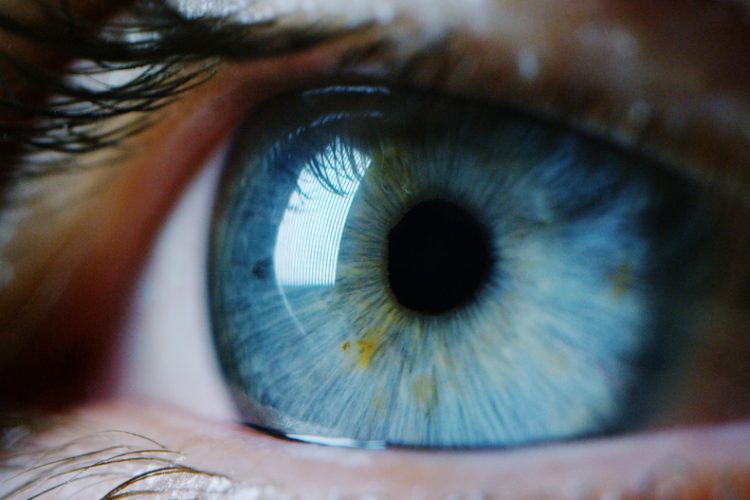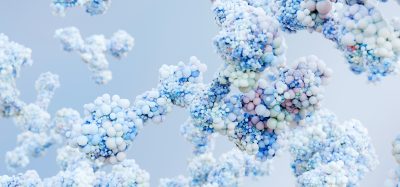Eye protein could protect against diabetic eye disease
Posted: 3 July 2019 | Victoria Rees (Drug Target Review) | No comments yet
New research has identified a potential treatment against diabetic eye disease from the RBP3 protein, found in the retina.


Researchers have identified a protein in the eye which can protect against and potentially treat diabetic eye disease. At high levels, Retinol Binding Protein 3 (RBP3) prevented the development of diabetic retinopathy in rodent models.
The team, from the Joslin Diabetes Center, investigated patients who suffered from insulin-dependent diabetes for over 50 years but did not have complications like nerve damage and eye disease. After tracking these patients for 15 years, they noticed that 35 percent of patients avoided retinopathy, even when they had elevated glucose levels.
The researchers suggested these patients had an endogenous neutraliser for the toxic effects of high glucose levels. Taking biosamples from the eyes of the patients, they characterised the proteins that were present, to determine if any were elevated more in the protected eyes than in eyes of people who developed retinopathy.
RBP3, a protein only made in the retina, was elevated. They subsequently constructed experiments to compare normal and increased expression of RBP3 in mouse models. Mice with increased RBP3 expression were protected from developing diabetic retinopathy.
The researchers injected pure RBP3 into the vitreous of the eyes of mice in the early stages of retinopathy. The infusion of RBP3 reversed the damages done by early eye disease. The diabetes appeared to reduce the expression of RBP3 in many subjects, which the team suggest could explain why its protective effects are limited to only some patients.
“If we could find out what’s causing the decrease of RBP3 in the retina in the first place, we could design some kind of treatment to maintain its production, allowing all diabetic patients to have an endogenous protection against eye disease,” says Dr George King, senior author of the study.
RBP3, found in all eyes, is used to regenerate a certain type of vitamin A that powers sight rods and cones. But when the eye is exposed to high glucose levels, RBP3 changes its role.
“It appears to decrease the toxic effects of high glucose levels that exist in diabetes by reducing the entering of glucose into several important retinal cells by inhibiting the actions of a glucose transporter, GLUT-1.” says Dr King.
RBP3 can also be detected to some degree in the bloodstream. The researchers suggest that circulating RBP3 could become a biomarker which doctors can use to screen for retinopathy during regular lab tests.
These results were published in Science Translational Medicine.
Related topics
Drug Targets, Protein, Research & Development
Related conditions
Diabetes, eye disease, nerve damage, retinopathy
Related organisations
Joslin Diabetes Center, Science Translational Medicine
Related people
Dr George King








